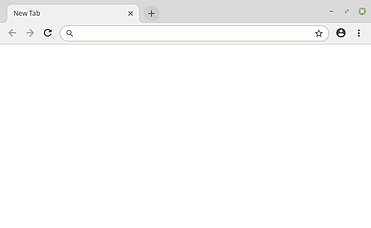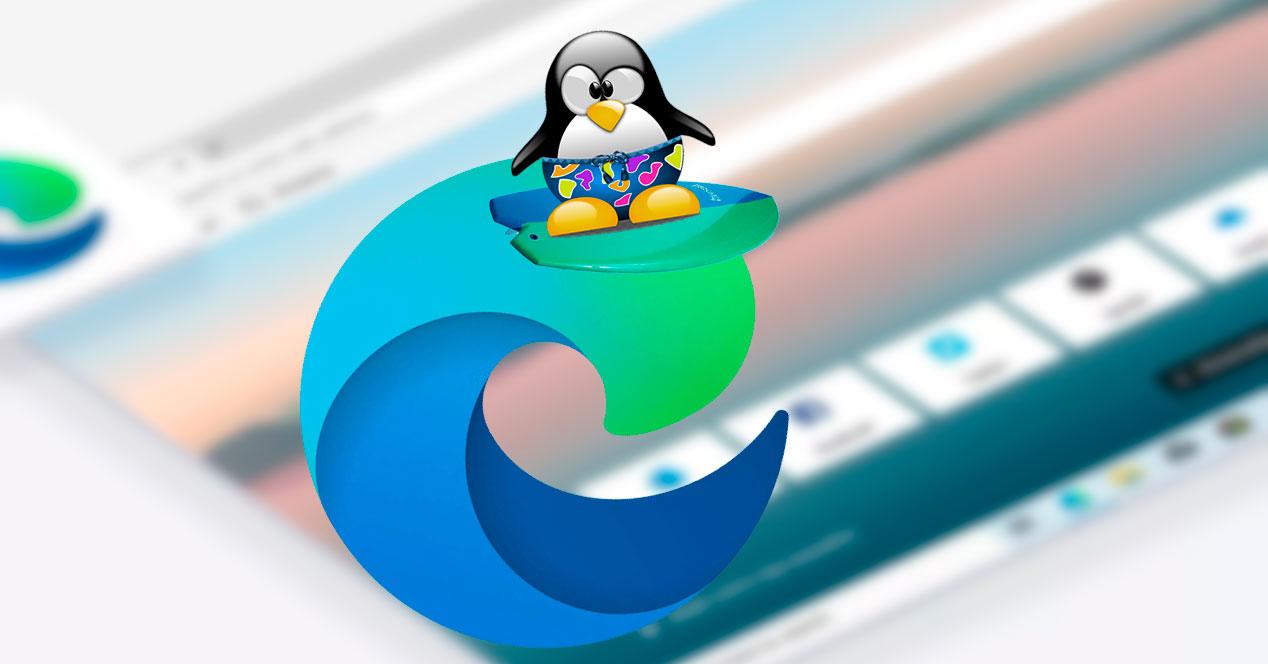

You can also build and run test targets like unit_tests, browser_tests, etc. See GN Build Configuration for more information about configuring your build. NOTE: You may wish to replace ‘Default’ with something like ‘Cros’ if you switch back and forth between Linux and Chromium OS builds, or ‘Debug’ if you want to differentiate between Debug and Release builds (see below). # Enables many optimizations, leading to much slower compiles, links, Adds internal features and branded art assets. Is_debug = false # Release build, runs faster.ĭcheck_always_on = true # Enables DCHECK despite release build.Įnable_nacl = false # Skips native client build, compiles faster. Is_component_build = true # Links faster. Some additional options you may wish to set by passing in -args to gn gen or running gn args out/Default: use_goma = true # Googlers: Use build farm, compiles faster. ( autoninja is a wrapper that automatically provides optimal values for the arguments passed to ninja). $ out/Default/chrome -use-system-clipboard Run the following in your chromium checkout: $ gn gen out/Default -args='target_os="chromeos"' Building and running Chromium with Chromium OS UI on your local machine You can test sign-in/sync in this mode by adding the -login-manager flag, see the Login notes section. The entire system UI runs in a single X11 window on your desktop.
#LINUX CHROMIUM SOURCE BLUETOOTH#
In this configuration most system services (like the power manager, bluetooth daemon, etc.) are stubbed out.
#LINUX CHROMIUM SOURCE CODE#
For example, the login UI, window manager and system UI are part of the Chromium code base and built into the chrome binary.įortunately, most Chromium changes that affect Chromium OS can be built and tested on a Linux workstation. Chromium OS on Linux (linux-chromeos)Ĭhromium on Chromium OS uses Linux Chromium as a base, but adds a large number of Chrome OS-specific features to the code. gclient file is updated, you will need to run gclient sync once before proceeding with the rest of these instructions. gclient file, you can simply append 'chromeos' to the existing list there. If you already have a target_os line present in your.

If you don't already have a target_os line present, simply add this to the end of the. This file is located one level up from your Chromium checkout’s src. gclient configuration, which will fetch the additional build dependencies required for CrOS. You‘ll also need to add 'chromeos' to the target_os list in your. Building and running Chromium with Chromium OS UI on your local machineįirst, follow the normal Linux build instructions as usual to get a Chromium checkout.


 0 kommentar(er)
0 kommentar(er)
